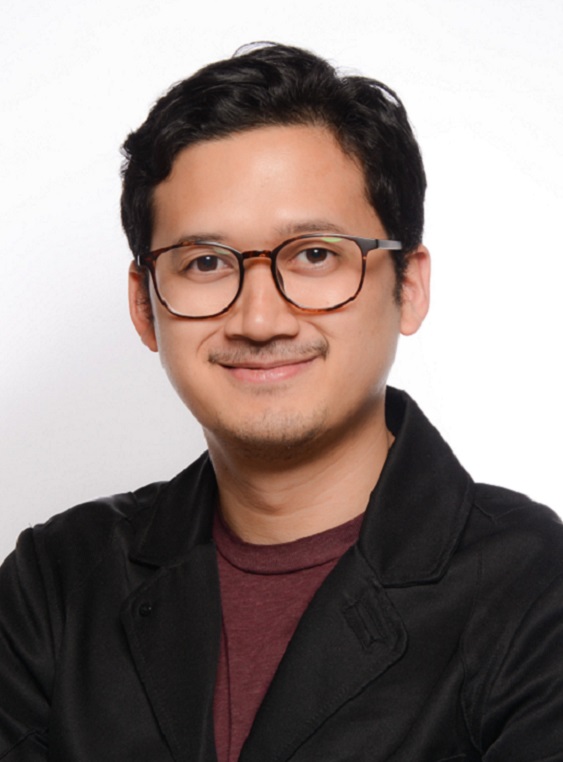Many enthusiastic PhD candidates are working on imSAVAR. With their research, they contribute to the success of the project. We are happy to feature a second portrait of PhD student Ibra and his great work in the field of tumor-on-chip models.

My name is Tengku Ibrahim Maulana (Ibra) and I am a Ph.D. candidate in Prof. Dr. Peter Loskill’s µOrgano-Lab at the University of Tübingen, Germany. Long before starting my Ph.D., I moved from my home country Indonesia to Germany to pursue my studies in medical engineering. During my masters, I had the opportunity to join Prof. Loskill’s team and later Emulate, Inc. in the US, where I learned the importance of building cancer models that are translatable to humans during the development of cancer therapies. Intrigued to work on the solution, I came back to Germany to start my Ph.D. focusing on the development of cancer models using organ-on-chip technology. This model, otherwise known as tumor-on-chip, possesses great potentials and is particularly useful for studying cancer immunotherapy. This is due to its ability to recreate the true complexity of tumors found in cancer patients as well as human immune response towards it – all within a tiny device with engineered channels and compartments that resemble the microarchitecture of the original tumor.
Specifically, together with other imSAVAR partners from the University Hospital Würzburg and the University of Twente, we aim to utilize tumor-on-chip models to address the safety challenges of CAR-T cell therapy. Despite its recent emergence as one of the most promising new cancer treatments, the broad application of CAR-T cell therapy is currently hampered, partly due to life-threatening side effects such as cytokine release syndrome (CRS) in some patients.
Using the tumor-on-chip model, we aim to recreate and study multiple key events that lead to CRS. This particularly includes how the CAR-T cells exit the blood vessel, infiltrate the tumor microenvironment, attack the tumor cells, and how different cell types influence the secretion of inflammatory cytokines during all these processes. We then study how these abundant cytokines affect blood vessels in distant organs by connecting the tumor-on-chip with a vasculature-on-chip model, as CAR-T cell therapy is associated with capillary leakage and subsequently leads to neurotoxicities in some patients. Using this approach, we aim to evaluate the probability of CRS occurrence, test different intervention strategies, and study the kinetics before safely administering the therapy to patients.
Participating in the imSAVAR consortium taught me that immune toxicology and its management are remarkably complex. At the same time, the interdisciplinary collaboration within the consortium continues to inspire me and encourage me to focus on the solutions to tackle some of the current challenges in CAR-T cell therapy and other immunomodulatory therapies.